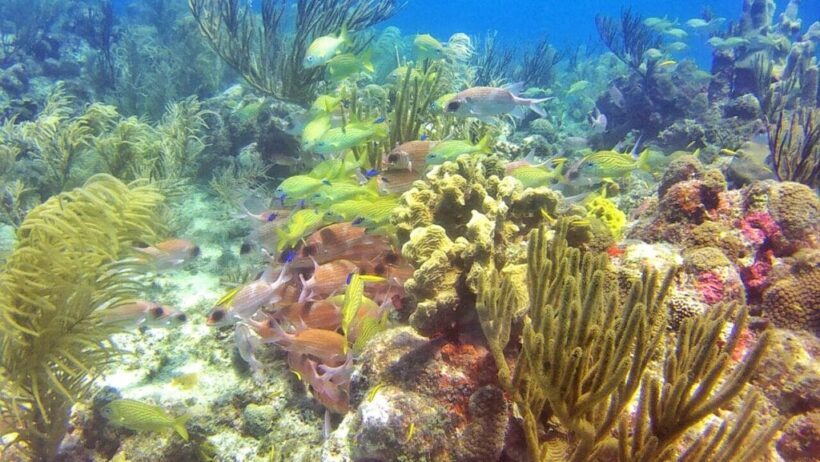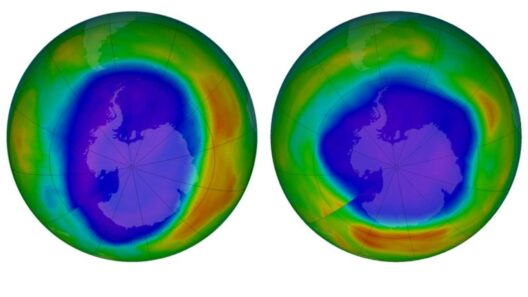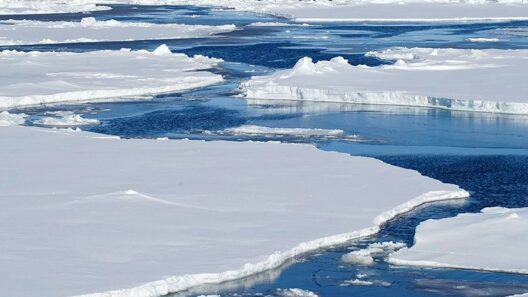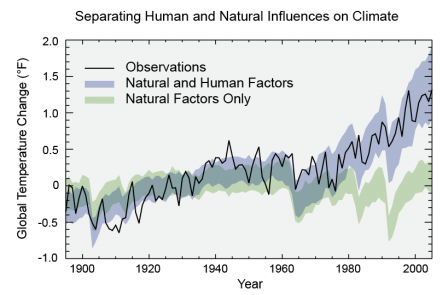The ocean, vast and mysterious, is often portrayed as the planet’s lifeblood—a shimmering blue expanse that cradles diverse ecosystems and sustains innumerable species. However, beneath this surface lies a harrowing reality: our oceans are in peril, beset by the unseen but insidious forces of climate change. They are no longer just a symbol of beauty and tranquility; they stand as fragile indicators of our planet’s health, now teetering on the brink of ecological collapse.
Climate change acts as a relentless tide, one that swells with alarming intensity, eroding the very fabric of marine life. The delicate balance that has existed for millennia is being disrupted, leading to a cascade of consequences that could irrevocably alter the marine environment. These changes manifest not only through warming waters but also through acidification, deoxygenation, and the pervasive threat of pollution.
As the atmospheric temperature rises, oceans absorb approximately 30% of the excess carbon dioxide produced by human activities. This absorption induces ocean acidification, a fundamental shift in water chemistry that jeopardizes calcifying organisms such as corals, mollusks, and certain plankton. Think of them as the architects of the marine infrastructure—coral reefs, for instance, act as bustling metropolises teeming with life. As their integrity erodes, so too does the wealth of biodiversity they support. Coral bleaching events have become more frequent, transforming vibrant reefs into desolate underwater wastelands, resembling ghost towns that once thrived with color and life.
Moreover, increased temperatures affect the metabolic rates of marine organisms, pushing them into an unrelenting race for survival. Fish, the backbone of many economies and diets, are experiencing altered migration patterns. Species that were once predictable allies in the ecological tapestry are now shifting away from their historical habitats, exacerbating the already complex web of marine relationships. The implications are dire: collapsing fisheries, food insecurity, and the loss of livelihoods for millions who depend on these resources.
The phenomenon of deoxygenation compounds the precarious state of our oceans. Warmer waters hold less oxygen, creating so-called “dead zones” where life struggles to exist. This is akin to an artist’s canvas where vibrant colors are replaced by dull shades; the vibrant symphony of ocean life is muted into dissonance. Marine species either perish in these zones or flee to other waters, triggering further upheaval in their ecosystems. In this intricate ballet of survival, the dancers are shrinking, and the stage is increasingly barren.
Furthermore, the presence of pollutants exacerbates the plight of marine ecosystems. Microplastics infiltrate every corner of the globe, from the deepest trenches of the ocean to the Arctic ice. These minuscule fragments not only harm marine life but also enter the human food chain, presenting a tangible threat to health and safety. The ocean, once viewed as a vast, untouchable realm, is now a repository of human negligence, wherein our daily choices echo through the depths, creating rippling effects that we can no longer ignore.
With these changes, there is a growing recognition of the interconnectivity of terrestrial and marine environments. The welfare of oceans directly influences weather patterns and climate regulations worldwide. As coastal ecosystems suffer, cities and towns situated alongside are also at risk. Rising sea levels, fueled by melting glaciers and ice sheets, threaten to inundate low-lying areas, transforming landscapes and displacing communities. The once-stalwart shoreline becomes a fluid battleground, where human intervention meets natural resistance, often resulting in conflict, loss, and despair.
However, amid these challenges, there lies a glimmer of hope—a burgeoning movement among communities, governments, and organizations aimed at fostering sustainable practices. Initiatives targeting pollution reduction, marine protected areas, and sustainable fishing practices are beginning to reshape our relationship with the oceans. These efforts echo a call to action: we must embrace stewardship of our blue planet. Whether through grassroots advocacy or global treaties, the impetus for change must come from a collective realization that nurturing the oceans is tantamount to nurturing ourselves.
Education and awareness play paramount roles in this transformative journey. As stewards of the earth, it is our responsibility to grasp the complexities that pervade oceanic health. This involves not merely understanding the challenges but engaging with them, advocating for policies aimed at conservation, and supporting initiatives that celebrate the ocean’s intrinsic value. When individuals recognize that their choices affect the deep blue heart of our planet, a profound shift could occur—a metamorphosis that mirrors the ocean’s own capacity for regeneration.
In conclusion, the narrative surrounding our oceans in the face of climate change is multifaceted and urgent. As these deep blue expanses confront unprecedented perils, the interplay of human activity and natural ecosystems takes center stage. The story unfolds like an epic, weaving together threads of tragedy and resilience, of loss and rebirth. It is incumbent upon us to champion this cause, for the fate of the oceans is inexorably linked to our own. The call to protect these vital waters is not merely an environmental plea but a fundamental demand for survival—a plea to preserve the heartbeats echoing in the depths of our seas, lest we find ourselves adrift in an ocean of our own making.







